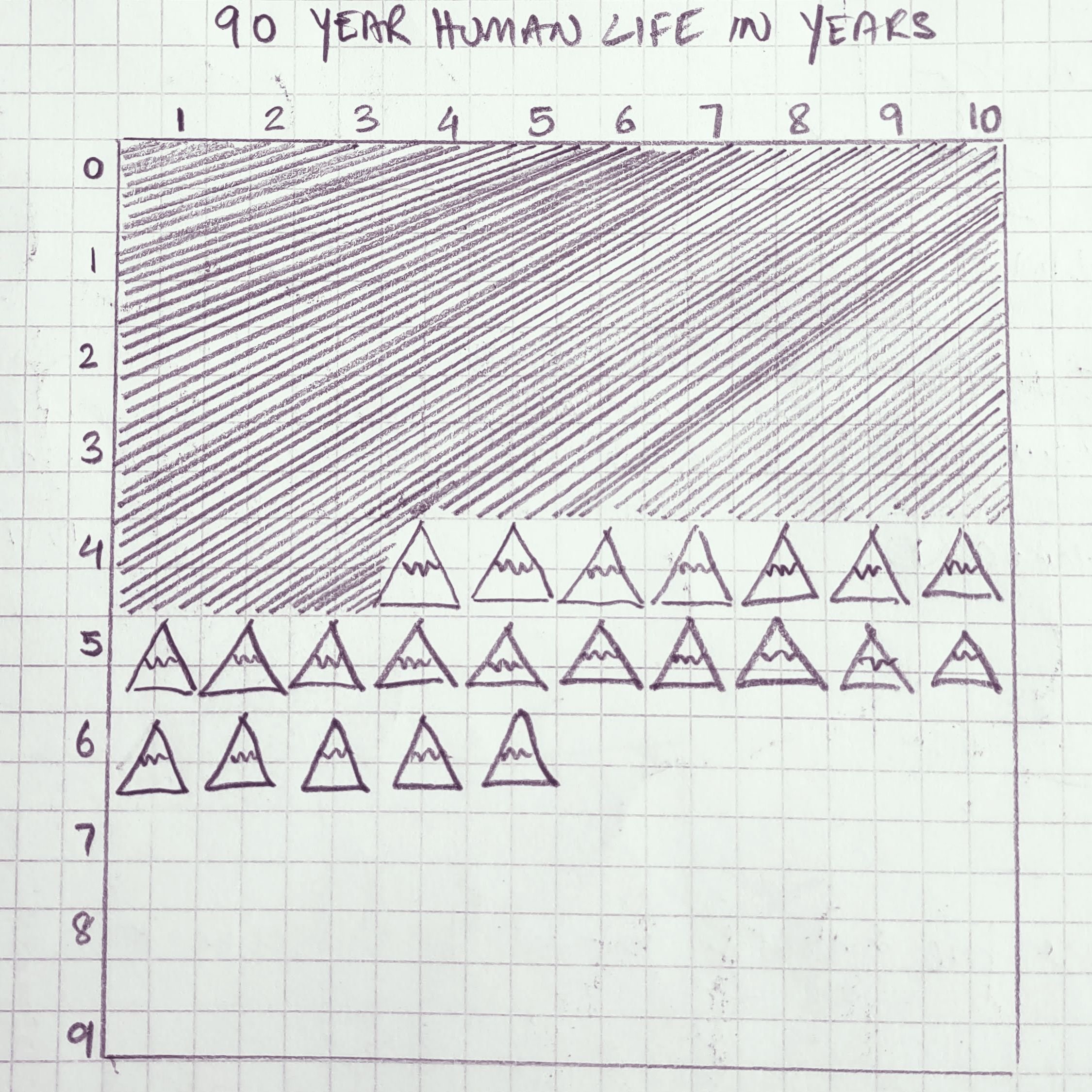Trekking in the great outdoors requires the right equipment to ensure your safety, comfort, and enjoyment throughout your journey. Whether you're embarking on a short day hike or a multi-day expedition, having the appropriate gear is essential. In this comprehensive buying guide, we'll walk you through the essential trekking equipment you need to consider, helping you make informed decisions for your next adventure.
Table of Contents
- The Importance of Quality Gear for Trekking
- Clothing and Layering Systems
- Footwear
- Backpacks and Daypacks
- Safety and Navigation Equipment
- Maps and Navigation Tools
- Headlamps and Flashlights
- First Aid Kit
- Camping Gear
- Trekking Poles
- Conclusion
1. The Importance of Quality Gear for Trekking
Before delving into specific equipment categories, it's important to understand the significance of quality gear. Reliable and durable equipment can withstand the rigors of trekking, protect you from the elements, and enhance your overall experience.
Imagine going for an off-road car trip. Your car is filled with fuel but if you don't have the right set tyres and flexible suspension you might find yourself upside down on the track.
2. Clothing and Layering Systems
To dress properly in winter, specially for trekking, use the 3-layer principle:
Layer 1: The high-tech base layer transfers moisture away from the body to keep your skin dry. Moisture-absorbing and quick-drying base layers help regulate body temperature and keep you dry. Choose materials such as merino wool or synthetic fabrics.
Layer 2: The second layer (fleece, sweater, down vests) provides warmth and transfers moisture outwards. Insulating layers provide warmth by trapping heat close to your body. What we are looking for here is compact design that can easily compress and store in backpack, stretchable fabric that is comfortable while trekking, breathability to allow water vapour from the body to pass through and lightweight.
Layer 3: The jacket protects you from the outdoor conditions: rain, snow, wind. The whole outfit must be breathable in order to eliminate moisture. Look for materials with reliable waterproof ratings and ventilation options.
4. Footwear
Always buy a size bigger than your regular shoe size. If you experienced your toe hitting the shoe going downhill on a trek you know exactly why!
Leave at least 1 cm space between your toe and the inner wall of the shoe.
Try several sizes and models. Climb stairs in the showroom to make sure that the heel is not slipping out of the shoe when going uphill and the toenail is not hitting the shoe going downhill.
Pro tip: Trim your nails a few days before you leave for a trek.
If you're planning on buying waterproof shoes understand that they breathe less than non-waterproof shoes. Buy appropriate socks that will absorb away perspiration and reduce friction.
Decathlon, Wildcraft, Columbia brands are popular amongst trekkers.
5. Backpacks and Daypacks
Selecting the appropriate backpack or daypack is essential for carrying your gear comfortably. Consider the following factors:
- Capacity: Choose a backpack or daypack with the appropriate capacity to carry your essentials. Consider the duration of your trek and the gear you need to carry.
- Fit and Comfort: Ensure the backpack or daypack fits well and has adjustable straps and padding for comfort and proper weight distribution.
- Features: Look for features like compartments, pockets, hydration compatibility, and ventilation systems to suit your needs.
6. Safety and Navigation Equipment
Carrying the right safety and navigation equipment is vital for trekking in unfamiliar territories. Include the following items:
- Maps and Navigation Tools: Carry detailed maps, a compass, and a GPS device to navigate the trails accurately.
- Headlamps and Flashlights: Essential for visibility during early morning starts, late-night hikes, or emergencies. Choose lightweight and durable options.
- First Aid Kit: Carry a comprehensive first aid kit with essential supplies for treating common injuries and emergencies.
7. Camping Gear
If you're planning multi-day treks, having the appropriate camping gear is crucial. Consider the following items:
- Tent: Choose a lightweight and durable tent suitable for the weather conditions you'll encounter.
- Sleeping Bag and Pad: Invest in a high-quality sleeping bag and pad that provide insulation and comfort during nights in the wilderness.
- Cooking Equipment: Lightweight cooking utensils, stoves, and fuel canisters allow you to prepare meals on the trail.
8. Trekking Poles
Trekking poles provide stability, reduce strain on your joints, and improve balance on challenging terrain. Choose poles that are adjustable, lightweight, and comfortable to grip.
9. Conclusion
By considering the factors discussed in this buying guide, you can confidently select the right trekking equipment for your adventures. Remember to assess your specific needs, research reputable brands, and invest in high-quality gear that suits your trekking style and the environment you'll be exploring.


